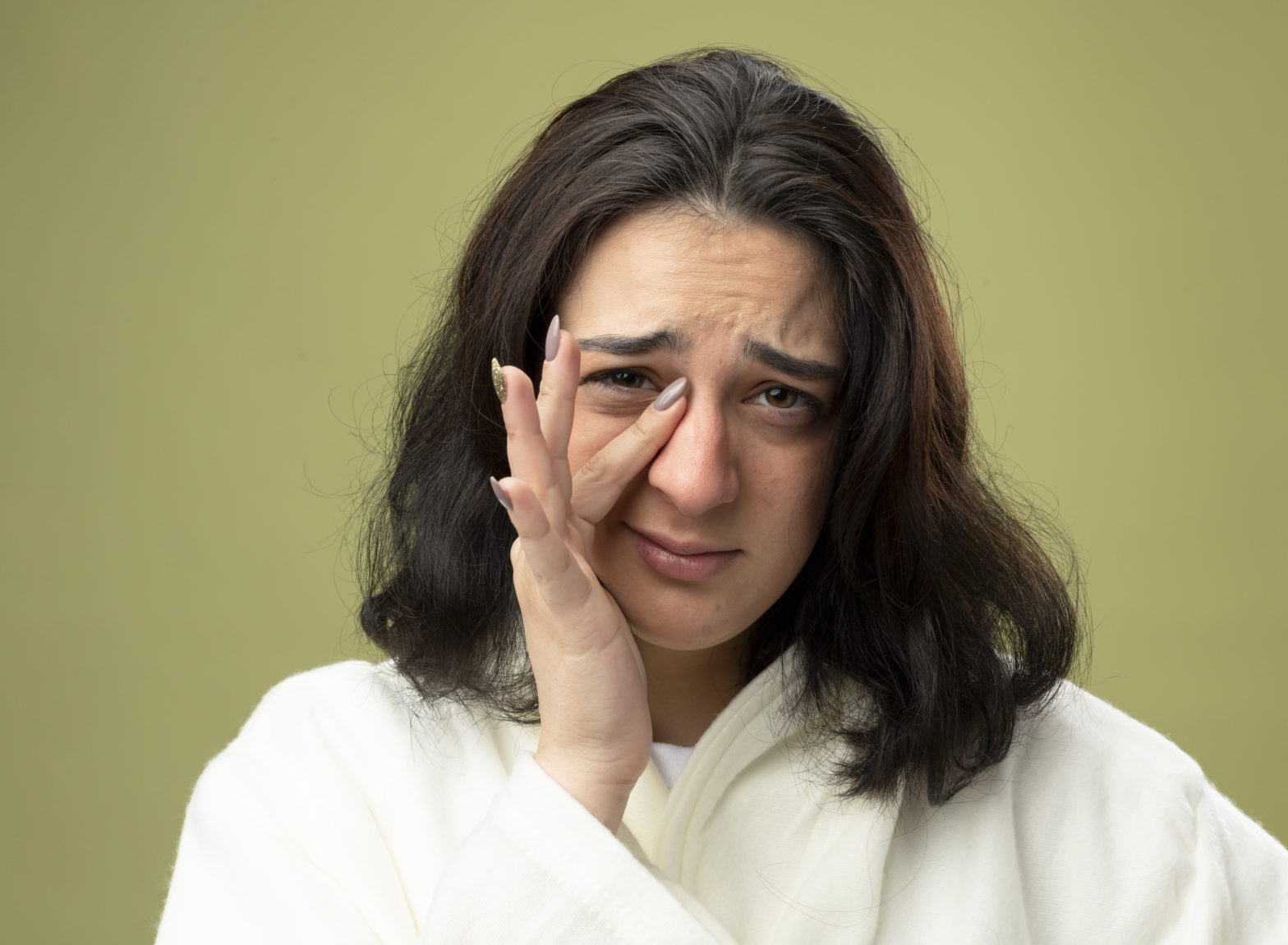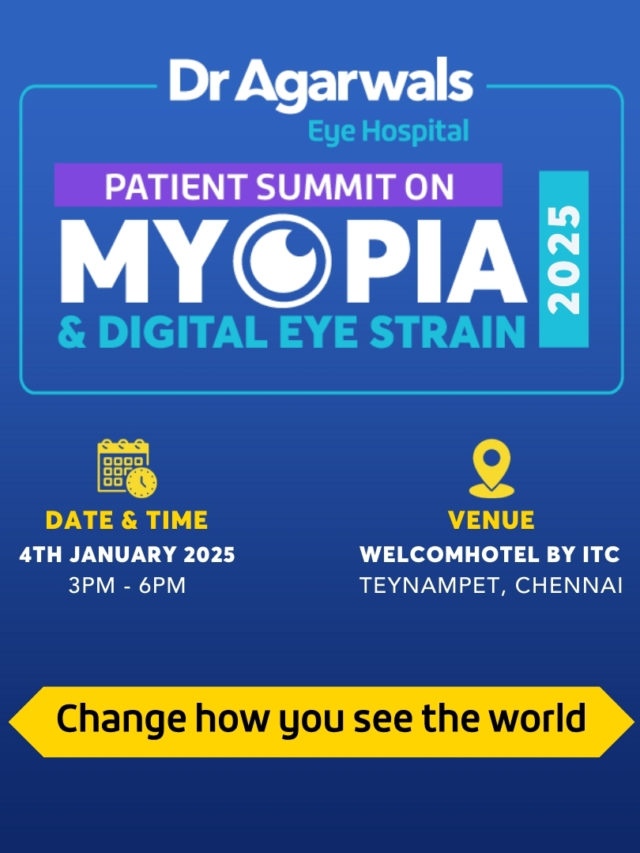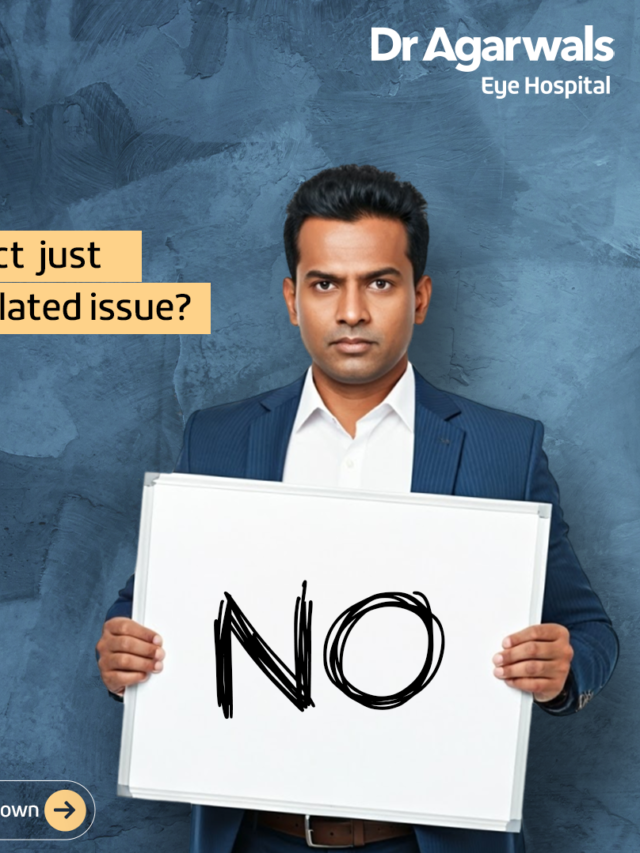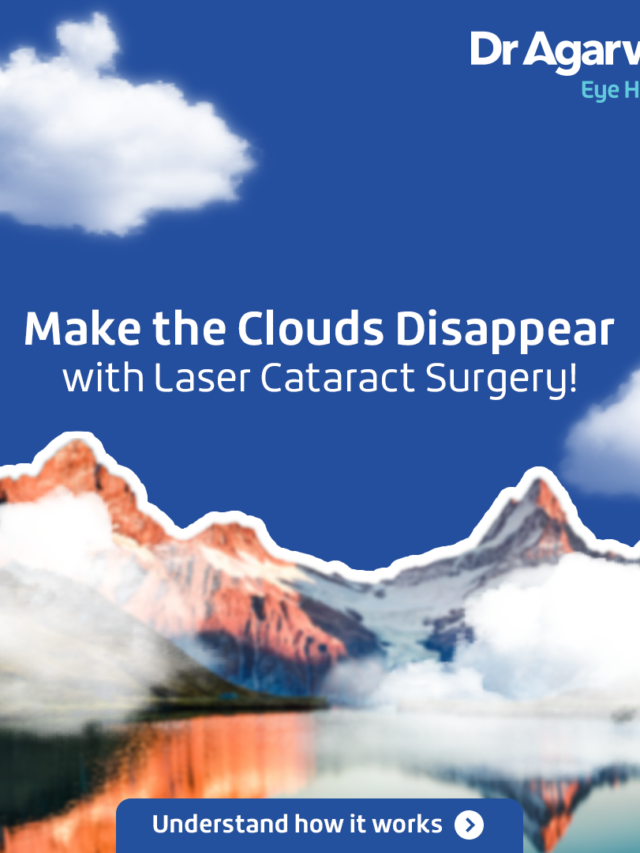Our eyes need enough moisture on the surface to function smoothly, and this moisture is provided by the thin tear layer that envelopes our eyes. The lacrimal gland or tear gland located at the top of each eyeball consistently produces fluid that gets evenly spread across the eye surface every time we blink. However, if these glands fail to produce enough tear or the tear film doesn’t endure long enough, the eye surface becomes dry. It can result in itchy and irritable eye, a condition we all know as dry eyes.
What Causes Dry Eye Syndrome?
The tear production in our eye can gradually reduce as we grow old. However, there are other factors that can hinder tear supply and cause dry eye syndrome. Some of these commonly seen causes include:
Systemic disorders such as rheumatoid arthritis, thyroid disease, or lupus
- Eye Disorders like Blepharitis
- Working in smoky or dry environments for a long time
- Prolonged used of contact lenses
- Prolonged use of digital tools like laptops etc
- A side effect of medications like Diuretics, Beta-blockers, antiallergics, or sleeping pills
- A side effect of laser vision surgeries like LASIK
What Are The Common Symptoms Of Dry Eye Syndrome?
The signs of dry eyes can vary from person to person, but some symptoms are more apparent in most dry eyes patients. Some of these symptoms may include:
- Stinging or burning sensation in the eyes
- Redness and irritation triggered in certain environments
- Blurriness while focusing the eyes on something
- Feeling heaviness or fatigue in the eyes
- Excessive mucus secretion around the eyes
- Excess and constant tearing of the eye
- Irritation or pain while wearing contact lenses
How Are Dry Eyes Treated?
Our eye specialist performs a thorough eye examination and performs some tests. The aim of these eye examinations is to determine the type and severity of dry eyes. Upon diagnosis, you’ll be provided with the best suitable treatment plan.
Based on the severity and type of dry eyes various modalities of treatments are prescribed
- The most prescribed treatment is lubricating drops and ointments. There are thousands of those available in the market and often it is confusing for the patient. The best type suitable for your eyes will be suggested by your eye doctor. It is used for both mild and severe cases of dry eyes.
- Hot fomentation is another commonly advised therapy to improves the tear secretion and also improve the quality of the tear film and improves its stability.
- Anti-Inflammatory eye drops like cyclosporine eye drops are prescribed to those where dry eyes result in surface inflammation and that in turn worsens the dry eyes leading to a vicious cycle.
- In some cases, your eye doctor may suggest blocking the ducts which drain the tears out of the eyes. This is done with the help of punctal plugs. By doing that we can preserve the tear film on the surface of the eye for a longer period.
Ultimately it is important that besides adhering to the treatment advised by your eye doctor, some common precautions should be taken-
- Reduce the screen time and take frequent breaks while using different gadgets
- Drink sufficient water through the day
- Reduce the use of excessive air conditioners
- Eat a healthy well-balanced diet focusing on nutrients like Vitamin D, Omega fatty acids, antioxidants, Vitamin A, etc.
- Getting adequate sleep is also important to not just rest the eyes but also reduce the symptoms arising from dry eyes.









